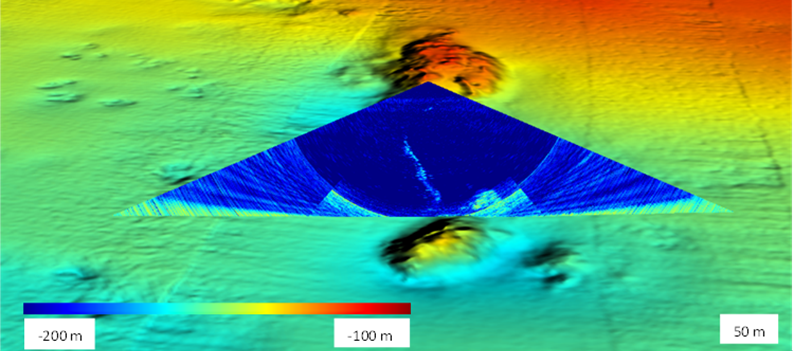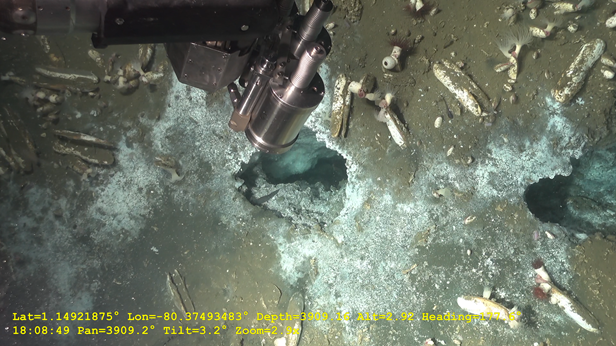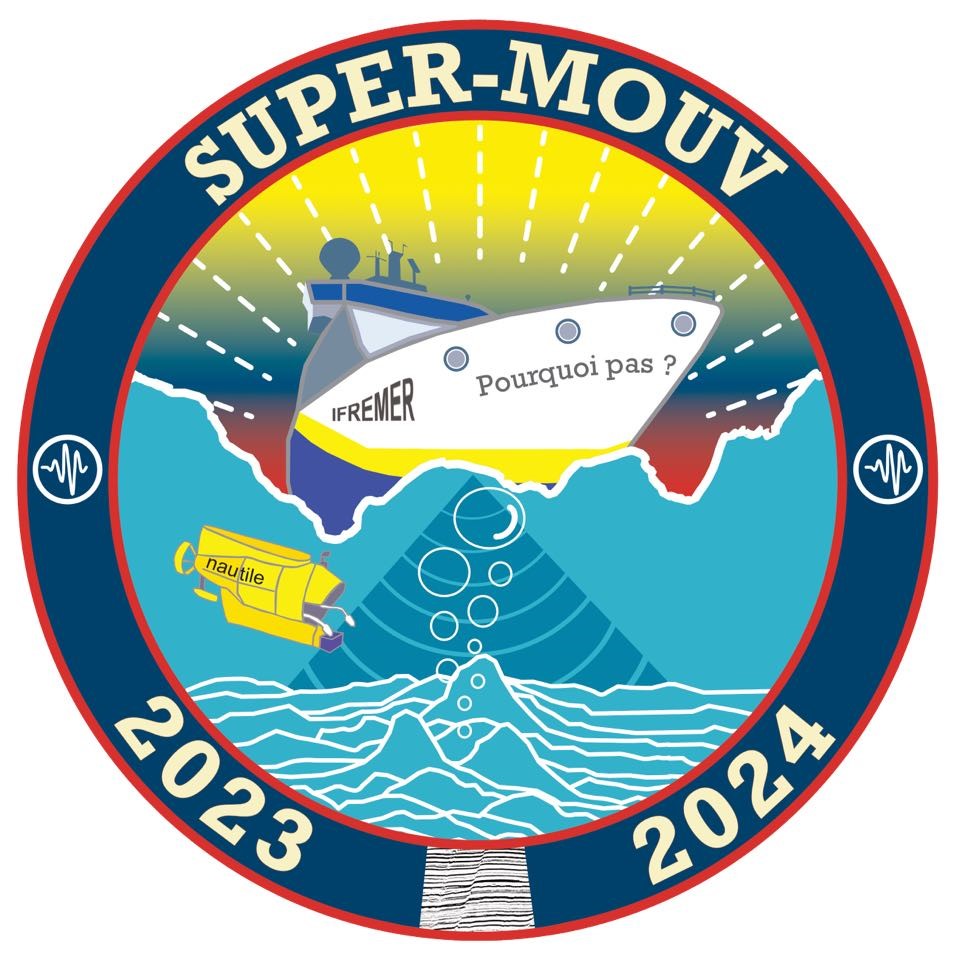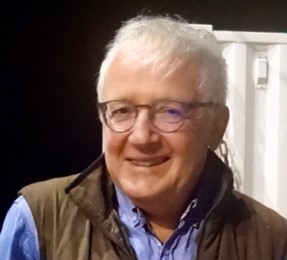Academy of Excellence "Space, Environment, Risk and Resilience"
Deformation and fluid circulation associated with the Pedernales earthquake
Improving understanding of the relationship between fluid circulation and the occurrence of big earthquakes
Academy 3 highlight
Our project brings together geologists, geophysicists and geochemists to contribute to the “understanding of natural hazards in Ecuador (earthquakes and submarine landslides)” and highlight their potential impacts on environments, cities and societies.
The project
In April 2016, a magnitude Mw 7.8 earthquake occurred on the subduction fault offshore Pedernales in Ecuador and caused hundreds of fatalities and millions of dollars in damage. The Ecuadorian coastline is subject to a high seismic hazard, with earthquakes of magnitude greater than 7 affecting an increasingly populated coastline.
Previously, the only recorded seismic event of this magnitude was in 1979, before the deployment of the Ecuadorian seismological network. The terrestrial observations (GPS, seismometers, accelerometers) of the Pedernales earthquake and its aftershocks provided unprecedented detail and highlighted mechanisms of strain accumulation and release that were much more complex than predicted by simple seismic cycle models. For example, geodetical observations showed the existence of aseismic slip (not felt by the population) on the edge of the area affected by seismic slip.
The SUPER-MOUV (SUb-seafloor effects of the Pedernales Earthquake Rupture, Ecuador and associated vertical MOUVements) project is based on data acquired during a marine campaign. During this cruise (January– February 2024) we collected subsurface data with the Research Vessel Pourquoi Pas? and the submarine Nautile: multibeam bathymetry, sediment cores, heat flux measurements, seafloor observations and fluid sampling. These data will enable us to correlate the deformation, fluid seepage distribution, heat-flow anomalies and origin depth of fluids with lateral variations in the slip mode (seismic versus aseismic) and aftershock distribution. The findings should answer questions such as: Are there any correlations between areas affected by different slip modes and particular characteristics of the fault contact (geometry, fluid overpressure) or of the upper plate (degree of fracturing, fluid migration, local modification of heat flux)? Are the changes in slip mode reflected in the deformation of the seafloor, the sedimentary instabilities and the nature and location of fluid seepage?
In addition, marine biologists will investigate the composition of fluid seepages in the Ecuadorian subduction zone and their potential influence on local marine fauna.
During the marine campaign, a secondary school teacher on board the research vessel led discussions and exchanges with classes, thereby establishing a link between research and secondary school teaching. Videoconferences were organized to give pupils the chance to talk to researchers, find out what life is like on board a research vessel, discover the jobs involved and learn about the issues involved in recycling waste on board a ship.


The +
One of the objectives of the SUPER campaign was to characterize and sample the distribution of fluid vents on the seafloor in order to understand their role in the slip modes of the Ecuador subduction fault and their effect on local marine fauna. The project is the continuation of the HIPER campaign which imaged these fluids at depth. During the campaign, secondary school students were able to observe the scientific operations with the support of a teacher.
What’s next?
The results of this project may contribute to the debate on the possibility of monitoring fluid seepage along subduction zones. It will be essential in the future to measure the geophysical, geochemical and biological parameters of oceanic ridges on a continuous basis.
Project information
|
Scientific domain
Earth Sciences Seismic Risks Marine Geosciences |
Key words Earthquake Fluids Education Subduction Natural hazards |
|
Total budget
€127,000, including €7,000 from Academy 3
|
Students involved
Morgane Evrard (M2) |
| Partners Géoazur - Université Côte d’Azur, CNRS, OCA, IRD ISTeP - Sorbonne Université, CNRS IMEV - CNRS, Sorbonne Université Ifremer GET - CNRS, IRD, UPS, CNES Grande Chancellerie de la Légion d’honneur EPN Ecuador INOCAR Ecuador |
Project members François Michaud Jean Noël Proust Audrey Galvé Boris Marcaillou Valerie Chavagnac Cedric Boulart Gueorgui Ratzov Sara Lafuerza Cécile Guieu Faustine Gendron International collaborations Mayra Moreno Maria José Hernandez |



















